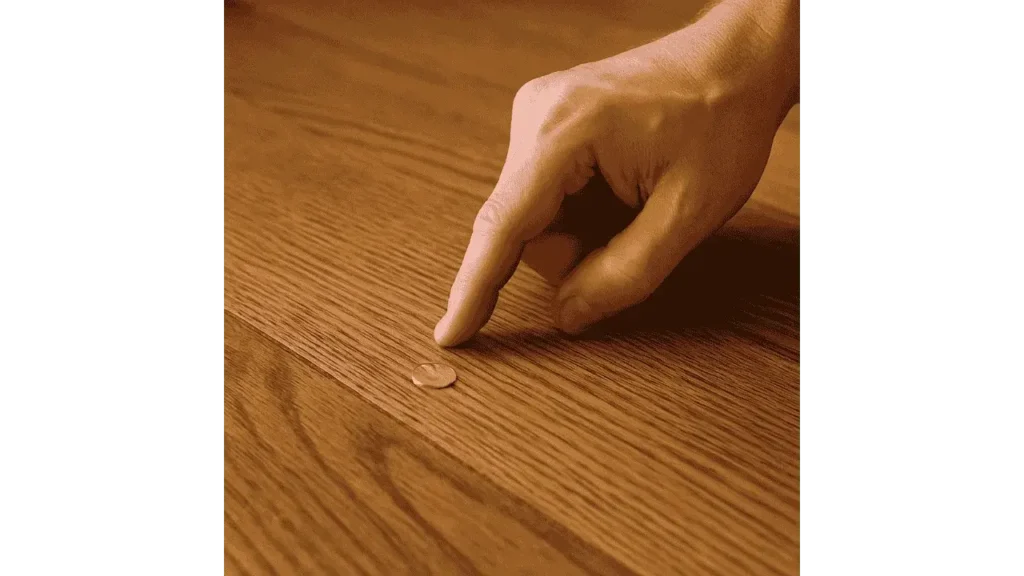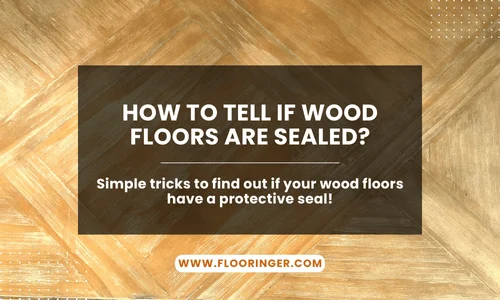Before applying any cleaner or refinishing product, it’s important to know whether your wood floors are sealed. A sealed floor has a protective layer that shields it from moisture, stains, and everyday wear. Unsealed floors, on the other hand, are far more vulnerable and require extra care. Identifying the finish type will help you choose the safest maintenance approach and avoid accidental damage.

Methods to Identify a Sealed Wood Floor
Look Closely at the Finish
Start with a visual inspection. Sealed floors often reflect light and may have a glossy or semi-gloss sheen. In contrast, unsealed wood tends to look raw or matte, with more visible grain. In high-traffic areas, a sealed floor may still appear slightly dull, but the protective coat typically remains intact.
“If you see a soft sheen or feel a bit of resistance when you run your hand across it, that’s a good sign there’s a finish layer,” says Marcus Tiller, a licensed flooring contractor in Illinois.
Perform a Water Drop Test
Place a few drops of water on a discreet area of the floor and wait two to three minutes. If the droplets bead up, the floor is sealed. If the water absorbs quickly and darkens the wood, it’s likely unsealed and should not be exposed to moisture. Always dry the area immediately after the test to avoid staining.
Use Your Hands to Feel the Surface
Run your hand across the wood. Sealed floors feel smooth, almost slick, while unsealed wood feels more textured or dry. A slightly waxy surface may indicate an oil-based or wax finish. If there’s no protective feel at all, sealing might be needed soon. “Unsealed floors will often feel thirsty to the touch; they don’t repel moisture the same way,” notes flooring specialist Carla Nguyen of Evergrain Interiors.
Read More: How to Make Plywood Floors Look Nice?
Try a Small Acetone Test
Apply a drop of acetone to a cotton swab and gently rub it on a hidden corner. If the finish becomes tacky or wipes away, it may be a wax or oil-based sealant. No reaction often means a harder finish like polyurethane. Use caution; don’t apply acetone to large areas, especially if the seal type is uncertain.
Ask for a Professional Opinion
If you’re unsure, a flooring technician can help. Professionals can quickly determine the type of finish and advise whether the floor needs resealing or just regular maintenance. This is especially helpful before applying any new treatments or planning a full refinishing.
Final Takeaways
Knowing whether your wood floors are sealed helps prevent accidental damage and ensures you’re using the right care methods. Visual signs, water tests, touch, and light chemical testing all offer useful clues. When in doubt, get a professional assessment before moving forward. Proper knowledge leads to better care and a longer life for your floors.
